Locating Myself in a New Place
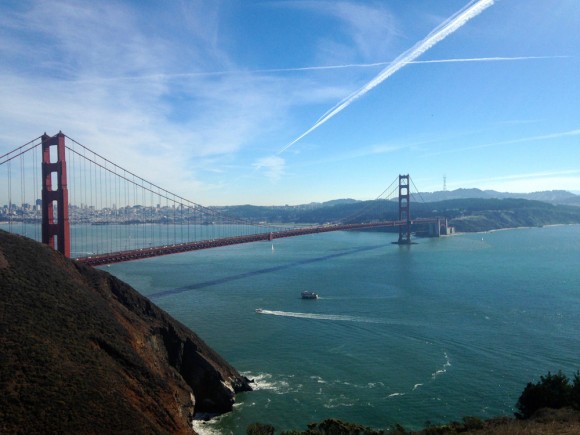
Credit: Joanna Shenk
A new location
I recently moved to San Francisco, which was not a quick or easy decision (and deserves a blog post unto itself). I now live in the Mission District of San Francisco, in a community house with four other people. Our home is owned by a Mexican couple who raised their family in this house before moving south of the city. The Mission is one of the neighbourhood’s most rapidly displacing long-term residents due to an influx of people who look like me: young, white, professional.
Following the transition, one of my top priorities was to get to know the history of this place. Based on my experiences with People’s History of Elkhart, in Indiana, where I used to live, I knew it was crucial to locate my story within the broader story of a place.
How did I come to be in this place? Who was here before me? Who’s still here? Who was forced to leave? Who’s coming now? Why?
Brush up on history
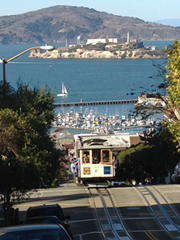 On my first weekend in town I found City Lights Books and picked up a few books to help in my history learning (see a complete list below). Currently I am reading Pioneer Urbanites: A Social and Cultural History of Black San Francisco by Douglas Henry Daniels, which looks at the years between 1860 – 1940. These were the years before the Great Migration from the South, which provided both opportunity but also intense disenfranchisement and oppression. Time and time again African Americans were denied jobs, training, protection, and access in virtually every aspect of city life.
On my first weekend in town I found City Lights Books and picked up a few books to help in my history learning (see a complete list below). Currently I am reading Pioneer Urbanites: A Social and Cultural History of Black San Francisco by Douglas Henry Daniels, which looks at the years between 1860 – 1940. These were the years before the Great Migration from the South, which provided both opportunity but also intense disenfranchisement and oppression. Time and time again African Americans were denied jobs, training, protection, and access in virtually every aspect of city life.
As someone who believes in the importance of worker unions, I was shocked to find out that the union movement in San Francisco (one of the strongest on the west coast) entirely excluded Black people and other people of colour. Perhaps the racist history of union organizing is well known to others, but it was new to me.
And this was just one of the many systemic exclusions of Black San Franciscans, which sheds light on why San Francisco has a small (and shrinking) Black population to this day. This city, known for it’s progressivism, is also a place of great exclusion.
As I started to reflect on the different eras of history, recognizing that my learning is only in it’s beginning stages, I saw patterns. The region, filled with an abundance of natural beauty, has been at the mercy of a settler culture driven by excess. The Gold Rush was just one manifestation of a reoccurring pattern.
People have been coming to San Francisco to make fortunes (and lose them) since the first missions were established. They’ve come as rancheros, merchants, fishers/trappers, land owners, gold and silver seekers, gamblers, builders, entertainers, entrepreneurs and venture capitalists. And often these fortunes have come at a cost not seen by those in power.
Resistance and hope
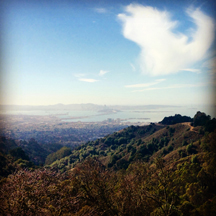
As a new person in this place, I want to understand the history beyond the dominant culture narrative. I want the stories of the people who are continuing the struggle against injustice to be my guides, as I wrestle with the ways I have internalized the dominant system and seek liberation from it. I want to join them in the ongoing struggle for the transformation of our society.
With People’s History of Elkhart we studied a text by Martin Luther King, Jr., that became central to how we thought about movements for social change. In 1967 he wrote:
“The dispossessed of this nation – the poor, both white and Negro – live in a cruelly unjust society. They must organize a revolution against the injustice, not against the lives of the persons who are their fellow citizens, but against the structures through which the society is refusing to take means which have been called for, and which are at hand, to lift the load of poverty. The only real revolutionary, people say, is a man who has nothing to lose. There are millions of poor people in this country who have very little, or even nothing, to lose. If they can be helped to take action together, they will do so with a freedom and a power that will be a new and unsettling force in our complacent national life.”
I’m still at the beginning of this journey in the San Francisco Bay, and am so grateful for the companions I am getting to know as I root myself in this place. I have much to learn.
Further reading and resources
- A Short History of San Francisco by Tom Cole gives a broad overview of the different eras of San Francisco. I picked it out, in part, because the first chapter, “Beginnings,” did not start with the “discovery” of the Bay by the Spanish.
Although briefly, it shares about the Ohlone tribe and their longterm presence around the Bay, evidenced by massive shell mounds, among other things. It also noted the animals and plants that were native to the region in abundance.
- Dispatches Against Displacement: Field Notes from San Francisco’s Housing Wars by James Tracy. I was convinced to buy the book when I saw the Foreword was written by Willie Baptist. Willie has been a mentor to People’s History of Elkhart through his work with the Poverty Initiative and is co-author of Pedagogy of the Poor.
Given my relationship with Willie, I knew I could trust the analysis of the book around such a contentious topic in San Francisco. I was especially challenged by the third chapter, “They Plan for Profit, We Plan for People: Local Politics and International Conversations in the Mission District.”
It tells the story of this neighbourhood in raw terms, motivating me with a growing consciousness. Where do I spend my money? How is my Spanish? (not good) Where are the places that I can learn from and be in solidarity with the organizers who are present here?
- I also checked out documentaries. One tells the story of how the Bay was saved from insatiable “development” after over a hundred years of pollution and over-fishing (Saving the Bay). I was shocked to learn that the Bay was almost filled in to make space for more houses and tax revenue in the 1960s and ’70s.
- I found another documentary on the Fillmore District of San Francisco, which was the home to Japanese immigrants until they were forced into internment camps during the 1940s. And then African Americans were moved into their empty homes (and basically not allowed to live in other parts of the city). Then, beginning in the ’50s and lasting through the ’70s, the Fillmore was systemically destroyed under the guise of “Urban Renewal,” displacing thousands of people.
This federal program was also implemented in Elkhart, and in many cities across the country, which I learned doing research with People’s History of Elkhart. In many places it became known as “Negro Removal.”
- Regarding resistance movements in the Bay, I read Alcatraz! Alcatraz!: The Indian Occupation of 1969 – 1971 by Adam Fortunate Eagle in one day. Eagle, a master story-teller, shared from his experience of helping to plan the occupation and supporting it locally and nationally. His narrative holds many important lessons for activists in any era.
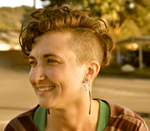

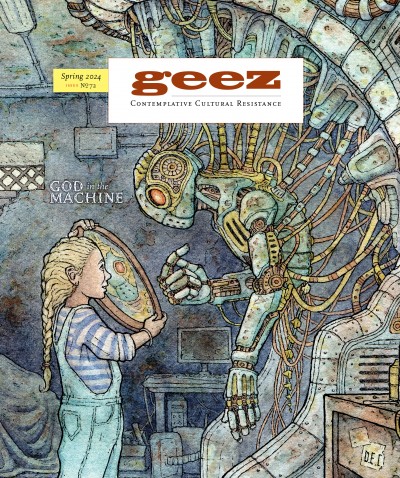
Sorry, comments are closed.